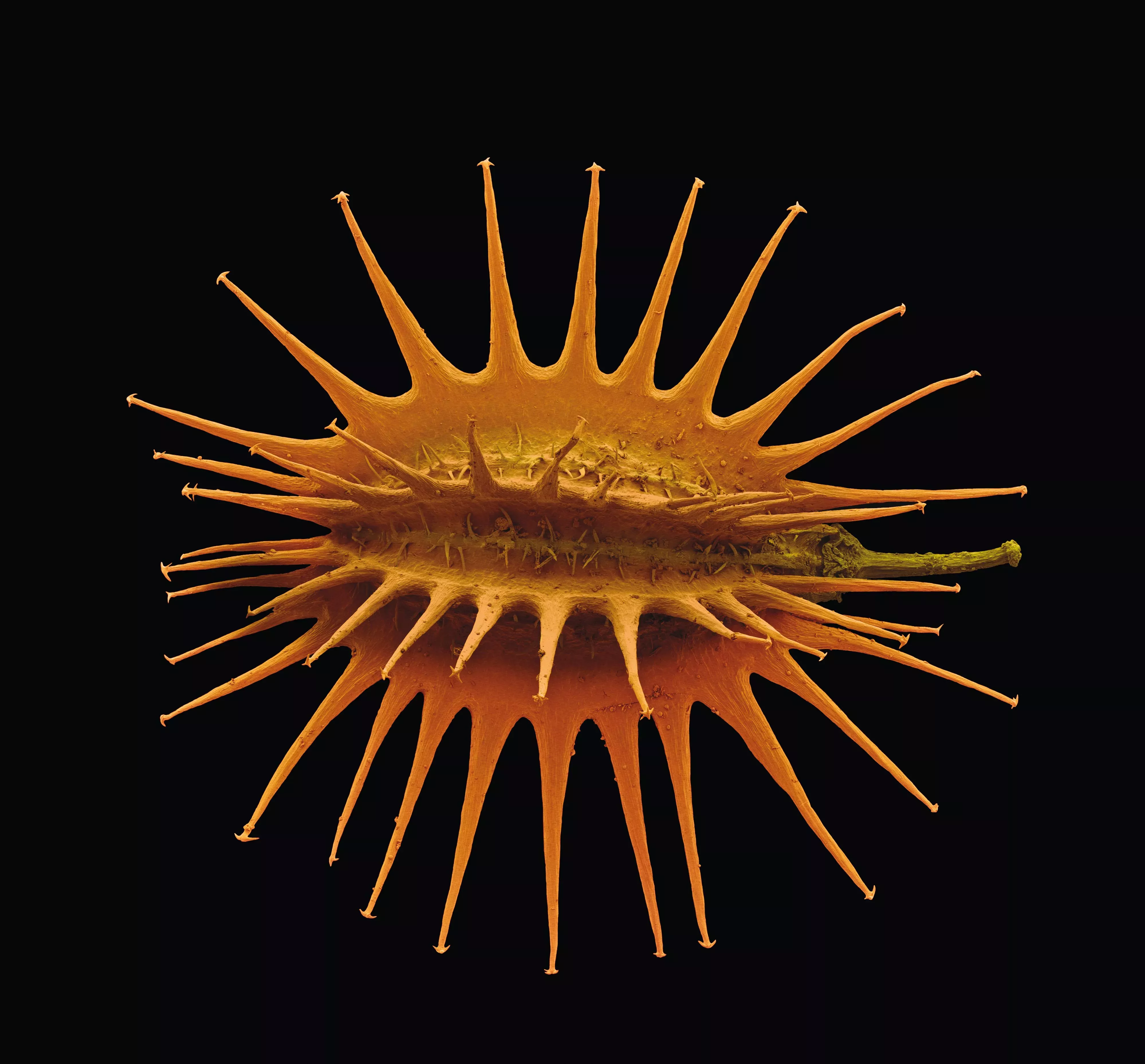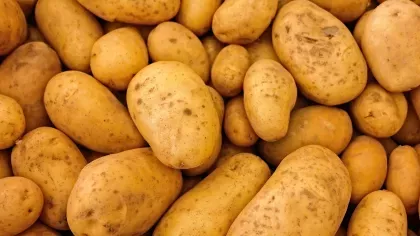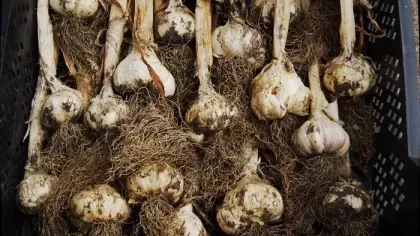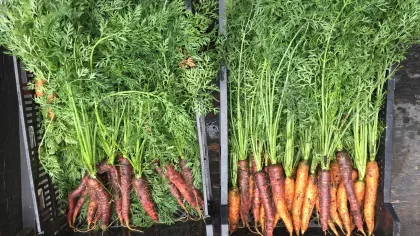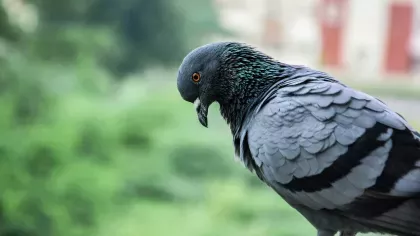
Carrot
On this page
Whether in a soup, a roast, or in a smoothie, carrots are a healthy vegetable enjoyed all over the world.
Domesticated over 1000 years ago in ancient Persia, carrots only acquired their classic orange colour in the 17th century — previously they were purple or yellow.
While the wild carrot was valued for its fragrant leaves, seeds and flowers, the sativus subspecies was bred for its taproot, making it less woody and sweeter.
The myth that eating carrots helps you see in the dark originated from the Royal Air Force during World War Two. It helped cover up developments in radar technology that improved their success in night-time missions.
Plant description
When cultivated, carrots appear as feather-like green leaves growing around 30 to 60cm tall. Underground, the taproot is long and conical and varies between 5 to 50cm depending on the cultivated variety (cultivar). The root can be orange, white, yellow, red or purple. If allowed to flower, carrots will display white flowers in umbrella-like clusters.



Plant uses
Food and drink
Carrots are commonly chopped into smaller pieces then boiled, fried, roasted or steamed before eating.
Raw carrots are eaten as a snack or included in salads, where you'll also sometimes find their leaves.
Due to their relative sweetness compared to other vegetables, carrots are found in a number of desserts, including carrot cake and gajar ka halwa, an Indian dessert made with carrots and milk.
Carrots are also often added to juices.
Health
Carrots are an excellent source of vitamin A, providing over 100% of the daily recommend allowance per 100g serving.
Did you know?
In 2020, the global production of carrots was over 41 million tonnes, with 44% coming from China alone.
Both the genus name, Daucus, and the species name, carota, mean carrot in Ancient Greek and Latin respectively, making the direct translation Carrot carrot.
When they were first domesticated, carrots were originally grown for their aromatic leaves and seeds.
Carrots are susceptible to a range of pests and diseases, including carrot fly (Chamaepsila rosae) and carrot leaf blight (Alternaria dauci).
Where in the world?
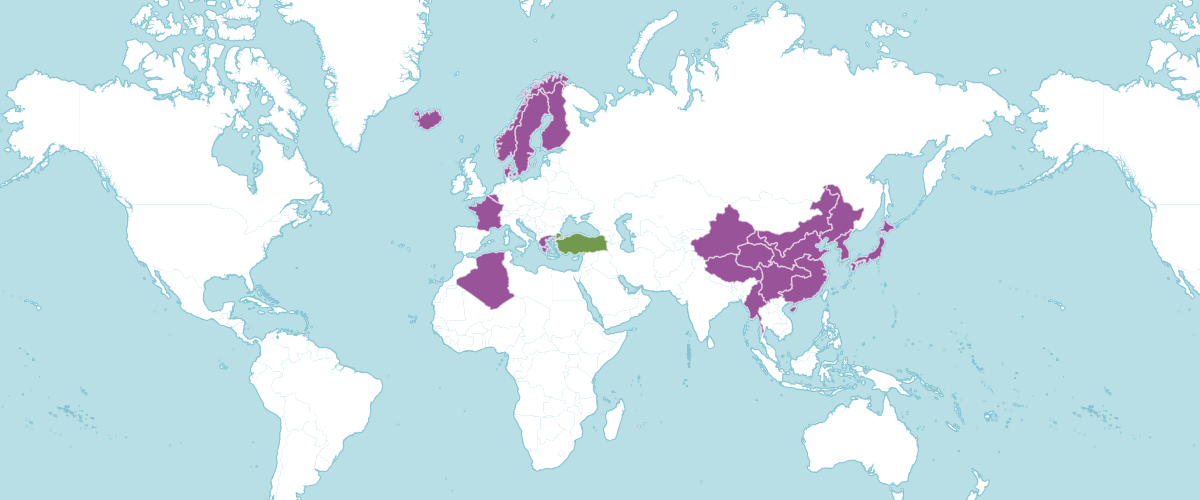
Can grow in all soils in full sun, and thrives in temperate climates.
Find it in our gardens
Kew Gardens
A botanic garden in southwest London with the world’s most diverse living plant collection.
Location
View map of Kew GardensBest time to see
Our work
Extreme weather can decimate carrot crops and they do not grow well when the summers are hot and dry.
Carrot crops are struggling in the UK — we can see it in our Kitchen Garden crop at Kew.
Warm temperatures are causing the carrots to bolt, which means they transform rapidly from being mostly leaf-based to being mostly flowers and seed. This usually results in the plants becoming inedible.
To secure the future of our food in a changing world, we need to protect our commonly eaten plants like carrots by looking to their wild relatives.
Cultivated carrots are bred to ensure certain traits such as size or colour remain consistent, but unfortunately they are not very resilient to weather or temperature changes.
Wild relatives of common plants are much hardier because they have adapted and thrived in a constantly changing climate.
Kew scientists have been working alongside the Global Crop Diversity Trust to collect seeds from wild carrots and store them in our Millennium Seed Bank, conserving them for future generations.
We collected more wild carrot seeds than any other genus in the Crop Wild Relatives project — over 2.1 million seeds!
